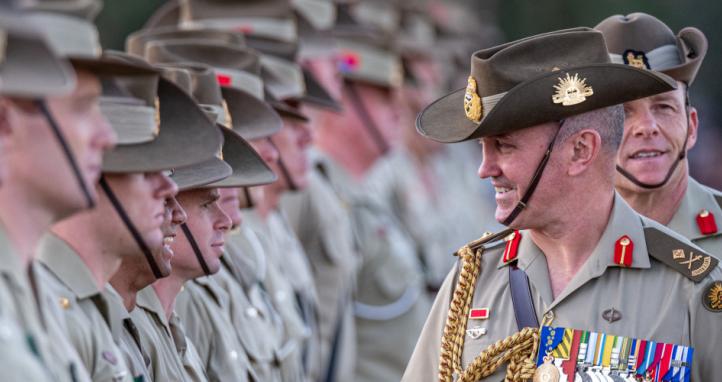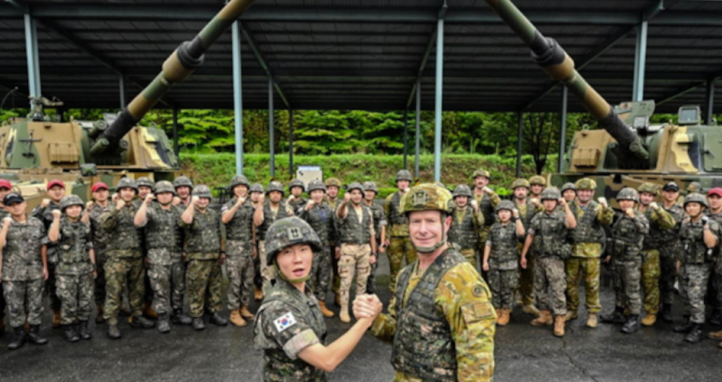Maslow’s Hierarchy of Needs was first published in 1943 by US psychologist Abraham Maslow in a paper entitled 'A Theory of Human Motivation'. It formed the foundation for motivation theory and has influenced much of the management theory written since. The basis for Maslow’s theory was that humans had basic needs that must be met before they can perform at the highest level and achieve their full potential. The theory suggests that people management is not merely administering, directing, and supervising people and that those who understand this are able to unlock much more in their people.
Maslow’s Hierarchy of Needs asserts that there are five layers of human need. Each layer of need must be met before the individual will desire and pursue the next layer of need. It posits that if the first four layers of need of an individual are not met, they cannot achieve the self-actualisation which unlocks their full potential.
Hierarchy of Needs:
- Physiological needs – air, water, food, shelter, sleep, clothing, reproduction.
- Safety needs – personal security, employment, resources, health, property.
- Social needs – friendship, intimacy, family, sense of connection.
- Esteem needs – respect, self-esteem, status, recognition, strength, freedom.
- Self-Actualisation – desire to become the most that one can be.
How to Feed the Need
By and large, most organisations feed the need of the first three layers of need fairly easily. They start by providing a uniform, lunch breaks, and rest in between each shift (physiological needs). They provide the personal protective equipment to conduct the task, provide a safe and secure environment to complete work, and pay their people enough to survive and hopefully thrive (safety needs). They also make them part of the organisation, give them a job title, and encourage them to build connections inside and outside the organisation (social needs). The next layer of need is where some organisations struggle.
The organisations that do it well build a respectful workplace which focuses on mentoring staff to build up confidence and self-esteem. They provide recognition for hard work and achievement of personal and organisational goals. They also give people freedom and flexibility within the confines of their role (esteem needs). In these organisations, when all individual needs are met either in part or in full, self-actualisation occurs. This generates a desire in people to become the most that they can be. The individual then works harder to achieve goals for the organisation. This unlocks greater potential than previously existed.
Smart managers move beyond a purely transactional leadership style. They use Maslow’s theory to amplify the human capital they have at their disposal to generate disproportionately greater results. They build their people up to be the best they can be, and they invest in them to the result of positive returns.
Further, the best managers aim to surround themselves with smart people who do their jobs well. Then they take care of them. They nurture them; make them feel respected, needed, and valued. They mentor and guide them; develop and train them. They give them respect; challenge them with rewarding tasks and provide them with responsibility and the ability to add organisational value. They give them the freedom to make mistakes and achieve great successes. They celebrate in their triumphs and share in their failures. The best managers fulfil their employees’ esteem needs. Maslow’s theory is simple, yet often leaders expect their people to perform at their best without first meeting their needs.
Conclusion
Leaders need to recognise that in order to get the best from their people they firstly must feed the needs of their people. People who have their physiological, safety, social, and esteem needs met experience self-actualisation which drives their performance and allows them to become all they can be. By feeding the needs of their people, leaders can unlock their full potential and drive high performance in their organisation.




